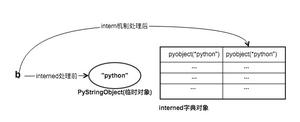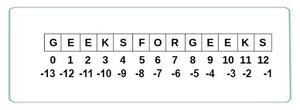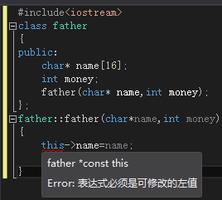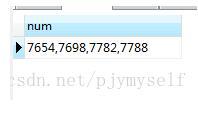检查子字符串在Python中是否存在
在python数据分析中,我们可能会遇到一种情况,以检查给定的子字符串是否是较大字符串的一部分。我们将通过以下程序实现这一目标。
与查找
查找功能查找指定值的第一次出现。如果找不到该值,则返回-1。我们将把这个函数应用于给定的字符串,并设计一个if子句来找出子字符串是否是字符串的一部分。
示例
Astring = "In cloud 9"Asub_str = "cloud"
# Given string and substring
print("Given string: ",Astring)
print("Given substring: ",Asub_str)
if (Astring.find(Asub_str) == -1):
print("Substring is not a part of the string")
else:
print("Substring is part of the string")
# Check Agian
Asub_str = "19"
print("Given substring: ",Asub_str)
if (Astring.find(Asub_str) == -1):
print("Substring is not a part of the string")
else:
print("Substring is part of the string")
输出结果
运行上面的代码给我们以下结果-
Given string: In cloud 9Given substring: cloud
Substring is part of the string
Given substring: 19
Substring is not a part of the string
带数
该方法count()在python的字符串或数据集合中返回具有指定值的元素数。在下面的程序中,我们将计算子字符串的计数,如果它大于0,我们得出结论,子字符串存在于较大的字符串中。
示例
Astring = "In cloud 9"Asub_str = "cloud"
# Given string and substring
print("Given string: ",Astring)
print("Given substring: ",Asub_str)
if (Asub_str.count(Astring)>0):
print("Substring is part of the string")
else:
print("Substring is not a part of the string")
# Check Agian
Asub_str = "19"
print("Given substring: ",Asub_str)
if (Asub_str.count(Astring)>0):
print("Substring is a part of the string")
else:
print("Substring is not a part of the string")
输出结果
运行上面的代码给我们以下结果-
Given string: In cloud 9Given substring: cloud
Substring is not a part of the string
Given substring: 19
Substring is not a part of the string
以上是 检查子字符串在Python中是否存在 的全部内容, 来源链接: utcz.com/z/316196.html








